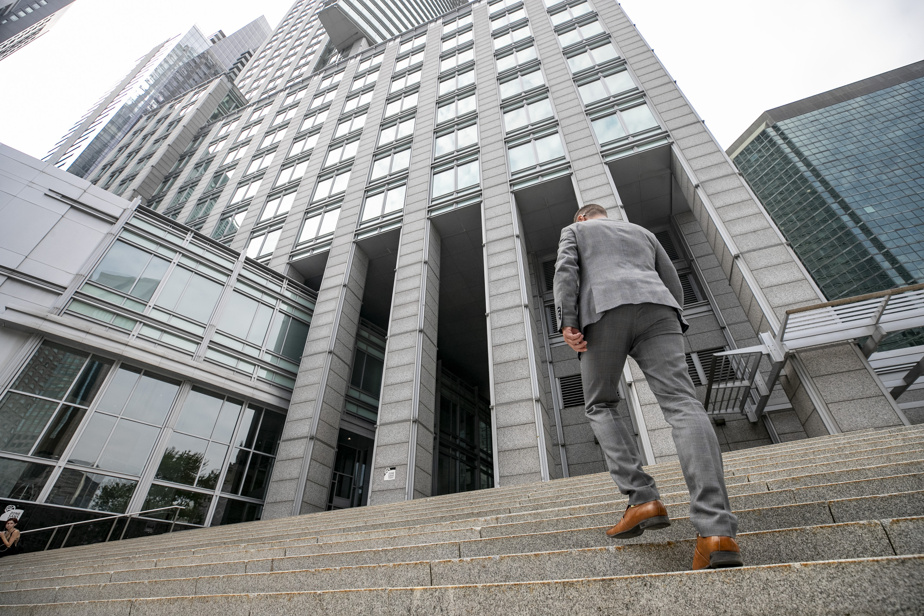Across the globe, many employees believe they are underpaid, according to ADP’s People at Work 2023 Global Workforce Report. opinion, 44% of employees in North America and Latin America think so too, as do 43% of workers in Asia-Pacific (Australia, China, India, Singapore). To the statement, “My employer is better at diversity, equity and inclusion than three years ago,” where do you think we get the most positive responses? In India, where 59% of employees said yes, followed by China at 57% and Brazil at 51%. Europeans have a higher level of dissatisfaction than elsewhere in the world. North America is average. The report examines several global workforce trends. We also learn that three-quarters of workers in the United States (75%) and Canada (73%) expect to get a salary increase in the coming year.
To distinguish yourself as a business, whatever your motivation, it is now useful to master the codes of storytelling, or storytelling. Do you have to be everywhere in all social networks? How to strategically choose the right platforms? What content succeeds in persuading? Is it a good idea to play the authenticity card? Or daring, as the Société de transport de Montréal (STM) did using TikTok, for example? During this event organized by Infopresse and Urbania, on May 17 at Club Soda in Montreal or virtually, the STM’s Communications section will explain in particular how it managed its reputation, content creation, measurement of engagement and computer security.
You know how a toxic workplace has a devastating impact on employees and the organization. A Harvard Business School study confirmed that 80% of employees wasted time worrying about a toxic co-worker while 78% were less engaged with their work due to toxic behavior. How can you turn the tide? By first determining the root causes of the toxicity, suggests South African news outlet IOL Independent Online. Is it a single individual? Or a larger cultural issue? Is it related to organizational policies or is it the result of conflicting personalities? By understanding the root cause, you can find a targeted solution.
A number of tech companies have made layoffs over the past year and are busy cutting costs. Don’t know where to get money anymore with the inflation of the last few months? Other employers have also asked themselves the question and have put forward dubious solutions, reveals the Indian business daily The Economic Times. While Google is slashing free workout classes for its employees, Twitter is shrinking its office space, Goldman Sachs is getting rid of its fancy coffee stations, Amazon India has chosen to remove the individual trash cans provided to employees. The Indian daily analyzed employee feedback on the Grapevine office life app, where a user challenged the community to share their worst corporate cost-cutting experiences. Employees took the opportunity to denounce their Indian company which now puts water in the liquid soap of the soap dispensers in the toilets.
Unconscious email use is the biggest threat to productivity, reveals Employee Benefit News (EBN) magazine. In 2012, McKinsey estimated that Americans spent 28% of their workweek checking and responding to email. Ten years later, workers are spending up to 2.5 hours a day, during and after working hours, dealing with work emails. But what the new data highlights is the discrepancy between the actual time we spend quickly checking incoming messages and responding to them versus the time we spend thinking about them throughout the day. Also, every time we check our emails, we need up to 25 minutes to regain our concentration. Email spends more time in our minds than we actually spend using it.
